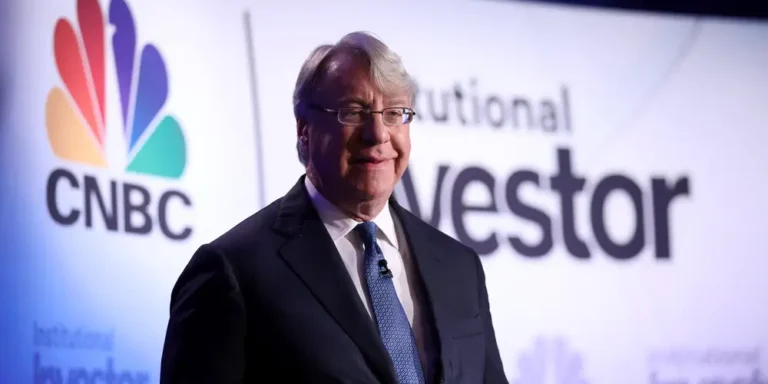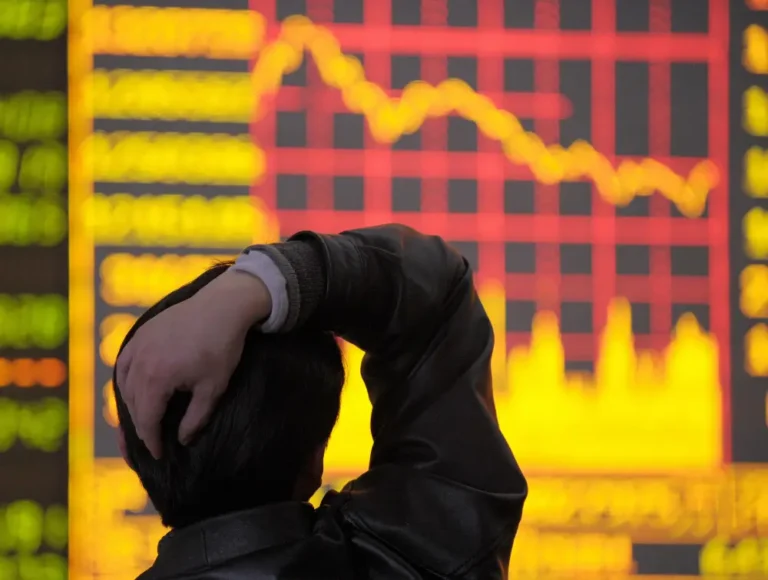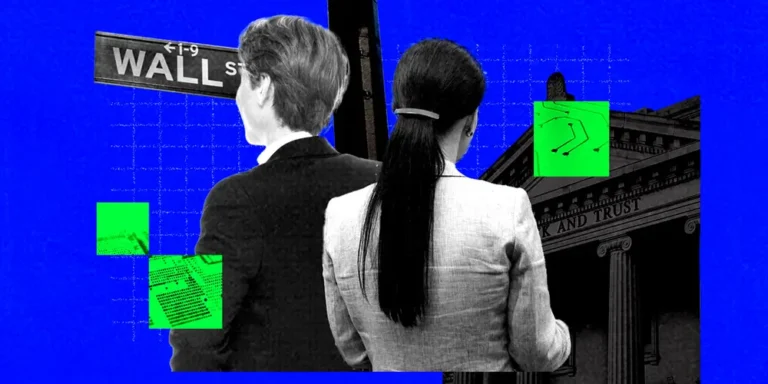Bay Area inflation rate cools off as price gains approach normal pace

Rate of Bay Area price hikes has been improving steadily
Consumer price increases in the Bay Area slowed to a near-normal pace in August, despite continuing to rise.
According to the US Bureau of Labor Statistics, the Bay Area inflation rate increased 3.4% in August. This is comparable to the 2% to 3% annual increases seen in the region when consumer prices rise at a normal rate.
The slower pace of price increases was welcome news for those keeping an eye on the economy and its impact on consumers at the gas pump, the grocery store, and during recent back-to-school shopping.
“In a place like the Bay Area, easing inflation is critical.” “We’re such a high-cost region to begin with,” said Russell Hancock, president of the San Jose-based think tank Joint Venture Silicon Valley. “People here are being hit hard by rising housing prices, rising childcare costs, and a squeeze on basic services.”
The national inflation rate was slightly higher than in the Bay Area, rising at a yearly rate of 3.7% in August compared to the same month in 2022, according to the federal agency.
The most recent report from the federal labor agency showed a cooling trend in the Bay Area for the second reporting period in a row. Consumer prices in the region rose 2.9% year on year in June. According to the federal agency’s report, the Bay Area inflation rate rose a nearly invisible 0.01% in the two months ending in August.
“The positive news in today’s report is that the Bay Area consumer price index did not increase between June and August,” said Stephen Levy, director of the Palo Alto-based Center for Continuing Study of the California Economy.
However, the cost of electricity provided by utility companies such as PG&E has risen significantly. During the last year, electricity prices have risen more than three times faster than the overall inflation rate.
While gasoline prices were significantly lower in August than a year ago, a starkly different picture has emerged recently.
Since May, gasoline prices have risen at a rate several times faster than the overall Bay Area inflation rate as measured by consumer prices over the same time period. Gas prices are rising across the country, as President Joe Biden acknowledged in a statement on Wednesday.
“Overall inflation has also fallen substantially over the last year,” Biden said, “but I know last month’s increase in gasoline prices put a strain on family budgets.”
Rising gas prices have been difficult on the wallet for San Jose resident Isaac Rocha, who filled up his vehicle at Gas & Shop on McKee Road in San Jose on Wednesday. “Gasoline is getting a lot more expensive,” said Rocha. “That makes it more difficult for me.” That makes it more difficult for everyone.”
Unleaded regular gasoline prices in the Bay Area were down 5.4% year on year, but they have risen 6.2% since May.
Saudi Arabia and Russia have reduced oil production in an effort to raise crude oil prices, which will eventually cause gasoline prices to rise in the United States and elsewhere.
San Jose resident Jasmine Sanchez prefers to fill up at gas stations that are not visible from the freeway and avoids high-cost cities.
“Would you pay $6 in places like San Francisco and Santa Cruz?” “No way,” Sanchez replied.
In his analysis of the nationwide inflation report, Brian Wesbury, chief economist at First Trust Advisors, warned that the Federal Reserve’s campaign to combat inflation by dramatically raising interest rates is far from over.
“Inflation came in hot in August, with consumer prices up 0.6% for the month, largely driven by a 5.6% surge in energy prices,” Wesbury wrote in his report.
He also warned that people’s pay is falling behind inflation.
“The worst part of today’s report was that real average hourly earnings declined 0.5% in August, taking a large bite out of consumer spending power,” Wesbury wrote. “We continue to believe that a recession is on the way.”
Nonetheless, the annual change in the Bay Area inflation rate is welcome news given the brutally high price trends expected for much of 2022.
Consumer prices in the Bay Area will rise by 6.8% in June 2022. This was the highest annual rate of increase since October 1984, when inflation soared at a yearly rate of 7.1%.
“Because there are so many high earners in our region, service providers frequently raise their fees because the market can bear it,” Hancock explained. “In reality, however, large segments of our population are on the verge of collapse, and inflationary pressures can be the straw that breaks the camel’s back.”
The following are the annual price changes in the Bay Area for some key consumer categories in August:
— Electricity utility services — primarily PG&E — supplied to the home increased by a whopping 12.3% in August compared to the previous year.
— Natural gas piped into the home, or PG&E gas service, was down 16.8% year on year in August. Despite PG&E’s assurances that natural gas service costs would fall after the brutally cold winter, gas service costs have risen 5.2% since March.
— Food prices rose at a still-high rate of 4.5% year on year in August.
— Food consumption at home increased by 3.5%, which is close to the normal annual rate.
— Food consumed away from home increased at a blistering 6.4% rate, potentially indicating that increased demand for dining out is driving up restaurant prices.
— Meat, poultry, fish, and eggs increased by 0.6%, well below the double-digit increases seen in 2021 and 2022.
— Prices for fruits and vegetables increased by 3%.
— Dairy product prices increased by 0.2%.
— Cereal and bakery product prices increased 5.7%.
— Clothing is significantly more expensive. Apparel prices increased by 4.8%.
— Medical care costs fell 0.1% year on year.
— Home furnishings and supplies fell 2.7%.






